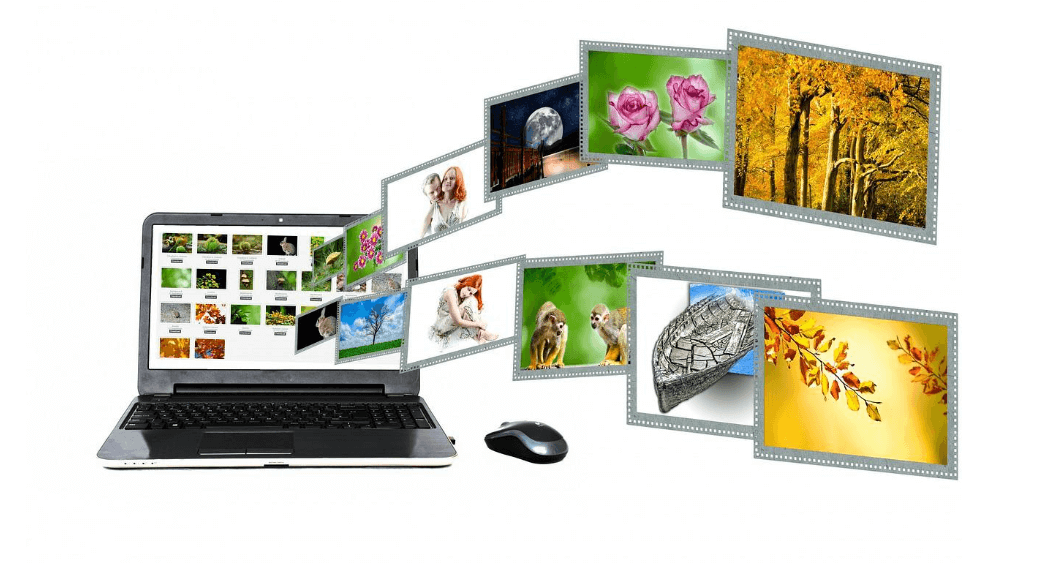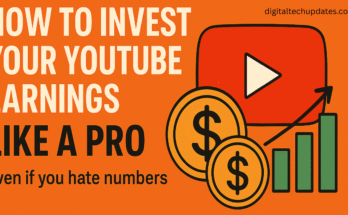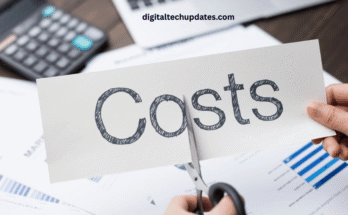Images are a must for an appealing web page because they break the monotony of text and create a natural flow that guides users towards the main sections (as intended by the marketing and SEO teams).
However, you can’t use just any image in any format. Visual content does have a lot of power in the world of web design, but only if used correctly and in accordance with copyright laws. Since things can get a bit confusing, especially for beginners, we put together several tips that will help you understand how to use images correctly on your website.
#1: Make Sure the Images are Relevant to the Content
There are times when you can’t think of a photo that’s relevant to the content. In this case, it’s easy to think that any image will do (also known as fillers or filler images) – after all, it’s just a way to break up the text, right?
As it turns out, users don’t react to fillers. In a study designed by Jakob Nielsen, researchers found that users are interested in photos that contain relevant information and simply ignore the ones used as visual content alone.
Overall, if you want your content to shine on the web and overcome the competition, relevant images are a must.
#2: Do Some Light Editing of Photos Before Uploading
Whether we’re talking about a big retailer or a small blog, users react better to original images compared to stock photos. However, unless you hire a professional photographer, your photos may not look as good from the start.
The good news is that you can still use your images with a bit of light editing. Things like light adjustments, cropping, or wrinkle removal are easy to do with the right tools. For instance, you can learn how to get wrinkles out of pictures in just a few steps.
And speaking of wrinkles, it’s best to use images of real people (such as your employees, business partners, or yourself) if you have their consent.
#3: Tell a Story
You’ve probably heard that an image is worth a thousand words. It’s an old saying but it bears a lot of weight in the online world.
If you can illustrate a concept using an image, make sure to do so. As we mentioned above, people are interested in visual elements that help them understand a concept, whether it’s a product or a service.
For instance, if you have a piece of content that is heavy on statistical data and analysis, you can increase the value by introducing relevant graphs and charts. On the same note, a piece of content that describes a lengthy process can benefit a lot from an infographic or a drawn sketch.
In short, your images are more valuable if they can tell the core of the story. You can then use the text to add detail to the story, but the image will be the first to draw users in.
#4: Pay Attention to Copyright
If you use your own images, you don’t have to worry about copyright. But in any other case, you have to check if the image can be used without a purchase (assuming you’re not interested in stock photos).
The only images without any copyright attached to them are the ones included in the Public Domain. These will have the Public Domain Mark 1.0 and are usually available on Wikimedia Commons or Flickr Commons.
You can also use images that are under the Creative Commons license (usually available on sites like Pixabay or Pexels), but make sure they allow commercial use. Plus, check to see if they don’t come with specific conditions such as attribution.
#5: Resize All Your Images
Large, high-resolution images are one of the most common SEO mistakes you can make because your page(s) will be slower to load.
Given that Google and online users are very picky with page load times (half of the mobile websites are abandoned if load times are higher than 3 seconds), you can see why.
Of course, this doesn’t mean you can’t use good-looking images. In fact, most browsers can handle images that are 2500 pixels in width and have a resolution of a maximum of 120 MP.
#6: Play with Different Types of Visuals
The photos you take with a camera are not the only images you can use to convey your message to users. As we already mentioned, graphs, charts, sketches, and infographics can also create value when used in the right context.
These are visual elements created using graphic editing software and it’s best to have a professional designer work on them (for added impact). Plus, chances are you’ll be able to reuse them for new pieces of content or have them shared by other websites.
Another type of visual you can use is the screen capture (or screenshot). These work well in how-to guides, case studies, or progress reports and don’t require any investment on your part.
#7: Keep Things Clean & Organized
Images and visual elements don’t just break down text; they also help keep a page’s structure well-organized. Plus, white space and icons (like the home page and search icons) are two powerful visual elements when used correctly.
All these elements can be used to guide the user through your content and towards the main goal which can be a subscribe button or a shopping cart (among others). This is why you have to make sure the flow is natural for a user who is not familiar with your brand or content.
For instance, in photos that include people, you can use the subject(s)’ gaze to direct the user’s eye on the piece of content you want. It may seem like a simple trick, but it works in most cases.
Wrap Up
When used correctly, images increase the value of your website and can help place your content high in SERPs. However, you need to know how to unlock their full potential and how to use them in a world as dynamic as web content. Otherwise, images can become a hindrance and drag your website down.




